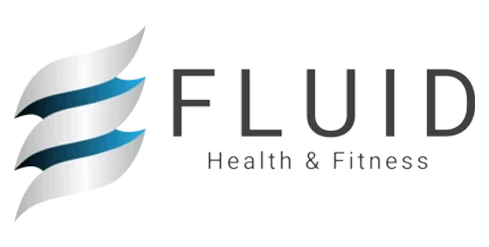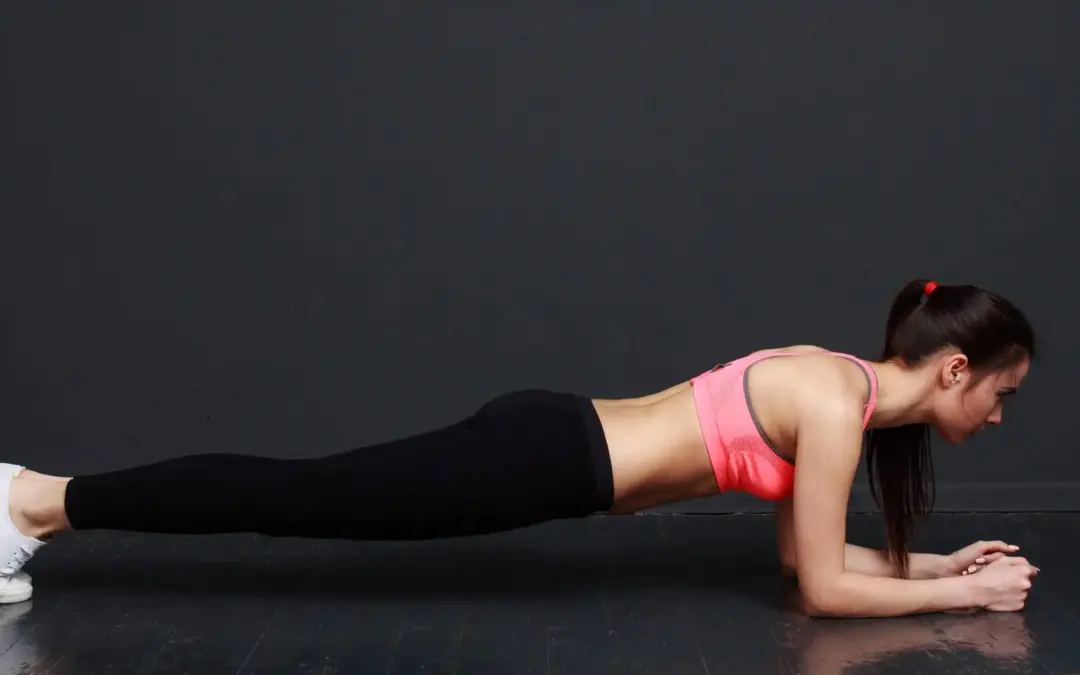Introduction
In Week 2 of Fluid’s Applied Fundamentals series, we took a deep dive into the sagittal plane—the forward and backward plane of motion that governs much of human posture and locomotion. Mastery of this plane is foundational for efficient movement and long-term joint integrity. From your shoulder girdle to your pelvic core, and down through your ankles and feet, the alignment and function of these structures directly influence your capacity to move safely and powerfully.
True to Fluid’s philosophy—structure before conditioning, movement quality before intensity—we emphasize not just motion but precise, organized movement. This week reinforced how regional mechanics are interdependent, requiring synchronized action from head to toe. Below is a full breakdown of what you learned and why it matters.
Why It Matters
Each joint system in the sagittal plane contributes to upright stability, balanced load transfer, and responsive force absorption. When one segment falters—be it the pelvis, scapula, or foot—other regions compensate, increasing stress and risk of injury. This week taught you how to identify dysfunctions in the sagittal alignment and provided strategies to correct them. You left with a toolkit not only for posture correction, but also for pain prevention and performance enhancement.
Step-by-Step Breakdown of Week 2
|
Day |
Focus Area |
Objective |
|
Day 1 |
Scapulothoracic & Glenohumeral |
Improve shoulder blade alignment and arm movement; reinforce 2:1 scapulohumeral rhythm; integrate breath control for thoracic stability. |
|
Day 2 |
Lumbopelvic & Sacroiliac |
Train pelvic neutrality; balance lumbar curve; enhance stability with core activation and breathing. |
|
Day 3 |
Ankle & Foot Complex |
Restore dorsiflexion/plantarflexion; reinforce neutral foot arches and ankle-foot control; enhance ground reaction force management. |
Core Concepts Reinforced
- Neutrality in Posture
- Scapula: Slight upward rotation, posterior tilt, retraction to sit flush against the ribcage. Inferior angle aligns between T7–T9.
- Pelvis: ASIS aligned horizontally with pubic symphysis. Lumbar lordosis ideally 30°–40°, creating natural spinal curvature.
- Ankle-Foot: Tibia forms a 90° angle with the foot; weight distribution approximately 60% heel, 40% forefoot. Arches engaged but not rigid.
- Joint Coupling in Motion
- Lumbar flexion causes posterior pelvic tilt; extension encourages anterior tilt.
- Arm flexion depends on scapular upward rotation; arm extension calls for scapular retraction.
- Dorsiflexion allows tibial advancement during squats and gait; plantarflexion aids propulsion.
- Breathing for Stability
- Diaphragmatic breathing expands the ribcage and stabilizes the spine through intra-abdominal pressure.
- Proper breath control reduces tension in the thoracic spine and prevents compensatory neck and lumbar strain.
Preparation: Building Postural Awareness
Before movement retraining begins, awareness must be cultivated:
- Scapular Position Check: Stand with arms relaxed. Are your shoulder blades winging or tilting forward?
- Pelvic Neutral Test: Standing or seated, align your ASIS with your pubic bone. Is your lumbar curve excessive or flattened?
- Foot Tripod: While barefoot, do you feel even contact across the heel, big toe, and fifth metatarsal? Can you sense active arch support without gripping the toes?
Corrective Strategies and Functional Drills
Day-by-day, you engaged in practices to restore these postural norms:
- Scapular Stability Drills
- Wall Angels: Reinforce posterior tilt and upward rotation.
- Serratus Punches: Activate key scapular stabilizers.
- Rotator Cuff Isometrics: Develop deep glenohumeral stability.
- Pelvic Alignment and Core Control
- Posterior and Anterior Tilts: Explore end ranges and find midline.
- Dead Bugs & Planks: Enhance transverse abdominis and multifidus function.
- Glute Bridges: Promote posterior chain engagement and counteract anterior pelvic tilt.
- Foot and Ankle Optimization
- Wall Dorsiflexion Drill: Restore ankle mobility to support deep squat mechanics.
- Calf and Toe Raises: Strengthen plantarflexors and dorsiflexors.
- Short Foot Exercise: Train intrinsic foot muscles to stabilize the arch.
- Balance Challenges: Single-leg stands to boost proprioception.
Aftercare: Real-World Application
Your success lies not just in isolated drills, but in integrating new patterns into daily life:
- In standing, maintain awareness of neutral pelvis and tripod foot contact.
- During squatting, preserve lumbar lordosis and allow ankles to dorsiflex fully.
- When lifting overhead, stabilize the scapulae and maintain thoracic extension.
- While walking or running, monitor push-off through the toes and absorb with controlled dorsiflexion.
Quick Self-Checks
- Can you maintain a 30–40° lumbar curve while seated without excessive tension?
- Do your shoulder blades stay flush during a wall slide?
- Can you perform a deep squat without your heels lifting?
- Does diaphragmatic breathing come naturally during planks or loaded carries?
Conclusion
Week 2 equipped you with the biomechanical understanding and corrective tools to manage sagittal plane mechanics from the ground up. Your ankles and feet set the stage for efficient load transfer; your pelvis and lumbar spine act as the engine room; your scapula and shoulder girdle coordinate upper-body function.
This integrated system, when aligned and reinforced with breath and stability, creates the conditions for sustainable movement. By committing to daily awareness, targeted exercises, and mindful integration, you elevate your performance and reduce injury risk.
The journey continues, but your foundation is stronger. Stand tall, breathe deep, and move with intention.



